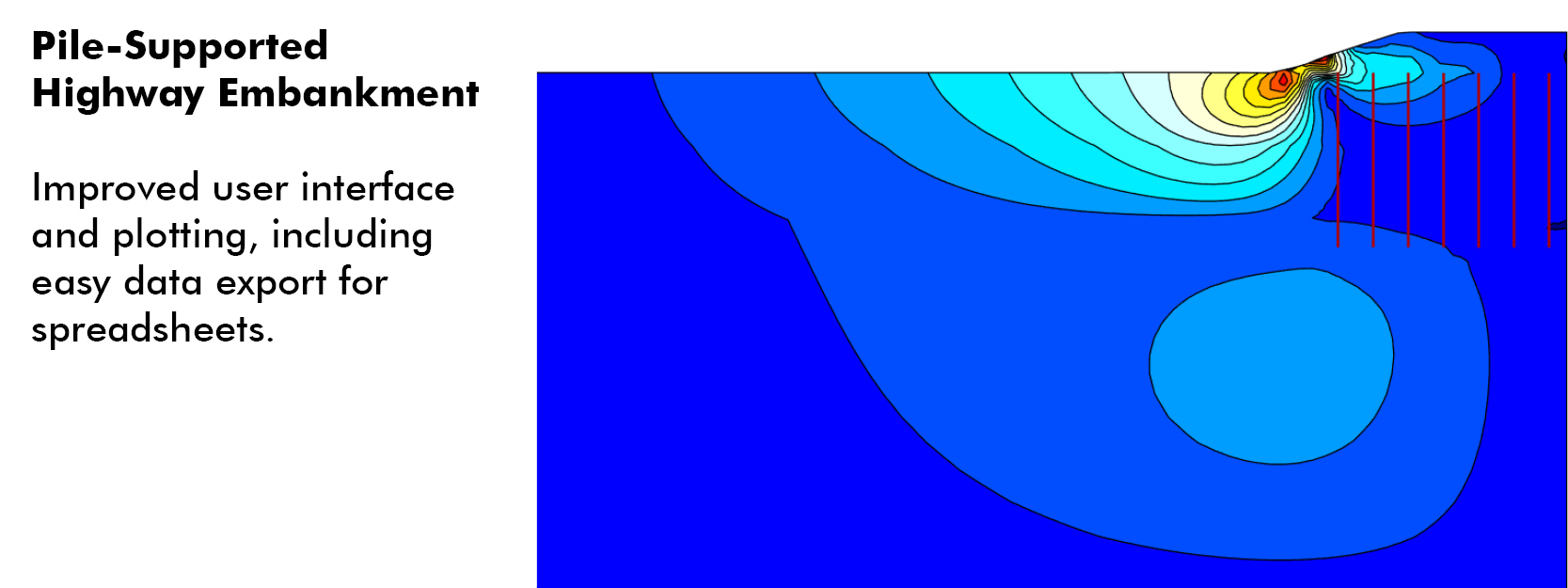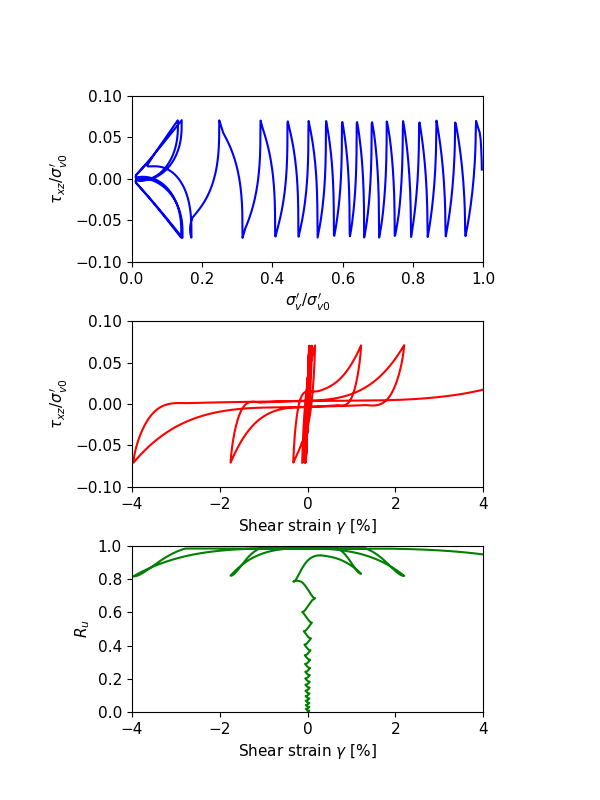

Introducing some “tension stiffening” into the concrete modeling to simulate Interface, such as bond slip and dowel action, are modeled approximately by Effects associated with the rebar/concrete With this modeling approach, the concrete behavior is considered Standard element types used to model the concrete. Rebars are typically used with metal plasticity models toĭescribe the behavior of the rebar material and are superposed on a mesh of Which are one-dimensional rods that can be defined singly or embedded in Reinforcement in concrete structures is typically provided by means of rebars, (This conversion is performedįrom the user-provided stress versus “inelastic” strain data, as explained It is assumed that the uniaxial stress-strain curves can be converted into This representation, although somewhat simplified, captures the main features Hardening followed by strain softening beyond the ultimate stress,

In the plastic regime the response is typically characterized by stress Under uniaxialĬompression the response is linear until the value of initial yield, Induces strain localization in the concrete structure. Is represented macroscopically with a softening stress-strain response, which Beyond the failure stress the formation of micro-cracks The failure stress corresponds to the onset of micro-cracking in Relationship until the value of the failure stress, σ t 0, Under uniaxial tension the stress-strain response follows a linear elastic Response of concrete to uniaxial loading in tension (a) and Requires that the elastic behavior of the material be isotropic andĭamaged plasticity model for concrete and other quasi-brittle materials.įor a discussion of the concrete models available inįigure 1. To improve the convergence rate in the softening regime Irreversible damage that occurs during the fracturing process Īllows user control of stiffness recovery effects during cyclic loadĬan be defined to be sensitive to the rate of straining Ĭan be used in conjunction with a viscoplastic regularization of the Plasticity and scalar (isotropic) damaged elasticity to describe the Monotonic, cyclic, and/or dynamic loading under low confining pressures Ĭonsists of the combination of nonassociated multi-hardening Is designed for applications in which concrete is subjected to Isotropic tensile and compressive plasticity to represent the inelasticĬan be used for plain concrete, even though it is intended primarilyįor the analysis of reinforced concrete structures Ĭan be used with rebar to model concrete reinforcement Uses concepts of isotropic damaged elasticity in combination with Quasi-brittle materials in all types of structures (beams, trusses, shells, and Provides a general capability for modeling concrete and other Concrete damaged plasticity Concrete damaged plasticity


 0 kommentar(er)
0 kommentar(er)
